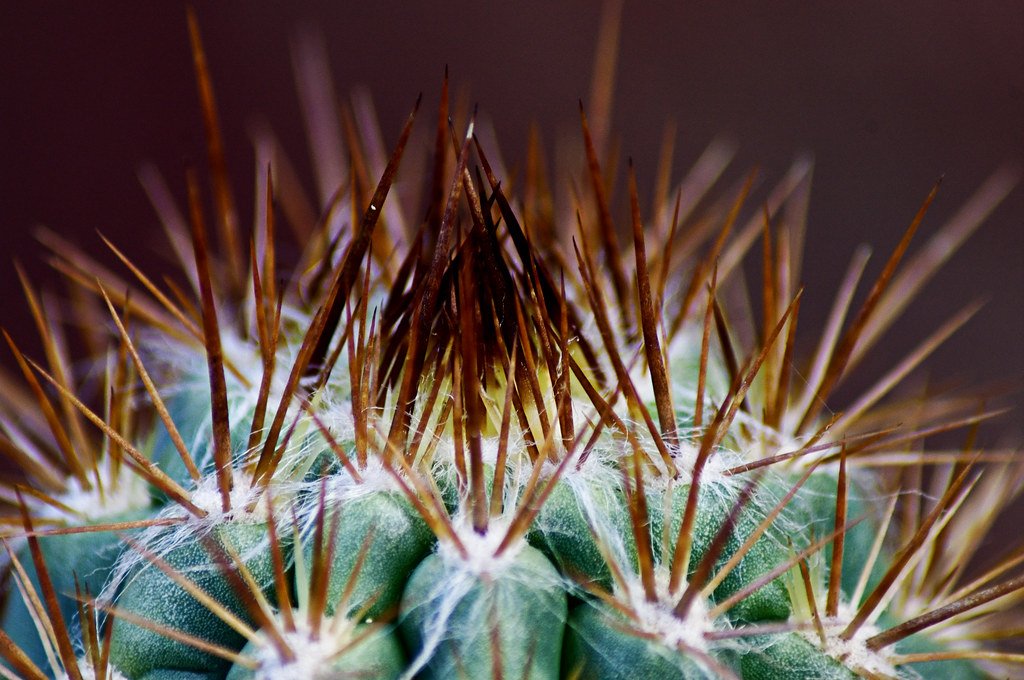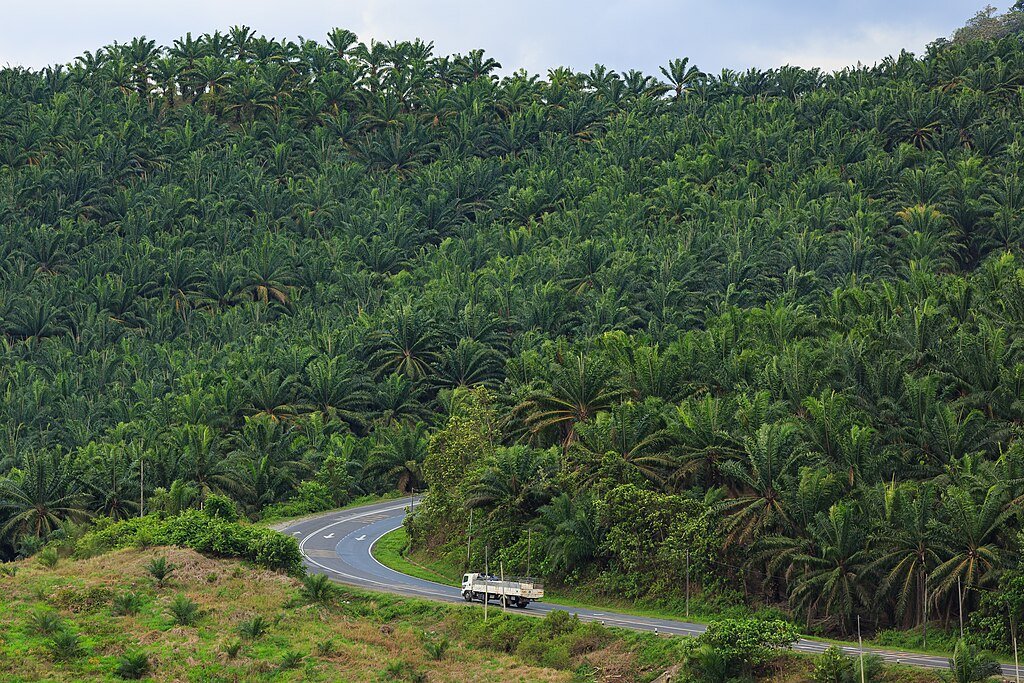Throughout the Earth’s history, plants have faced harsh and fluctuating conditions that have tested their resilience and adaptability. Yet, over millennia, they have evolved a stunning array of survival strategies that allow them to flourish in extreme environments, from scorching deserts to icy tundras. This exploration into the botanical wonders highlights how plants have ingeniously adapted to overcome different challenges posed by nature.
Surviving Scorching Deserts

Deserts are notorious for their extreme temperatures and scarce water supply. Plants like cacti have mastered water conservation through thick, succulent tissues that store moisture, enabling them to survive prolonged droughts. Their spines also play a dual role—reducing water loss and providing defense against herbivores.
Adapting to Freezing Temperatures

In the farthest reaches of our planet, including the Arctic and Antarctic zones, plants like lichens and mosses have developed to endure icy, harsh climates. They grow low to the ground, minimizing exposure to freezing winds. Many of these plants possess anti-freeze like compounds that prevent ice crystals from forming within their cells, thus ensuring their survival.
High Altitude Survivors

The high-altitude regions of the Himalayas and Andes present challenges such as low oxygen levels and strong UV radiation. Plants here like the Andean Yareta have adapted by forming dense cushions that retain heat and protect against wind. Furthermore, their ability to conduct photosynthesis efficiently in low-oxygen conditions ensures their survival at these dizzying heights.
Thriving in Salty Environments

Saline conditions can be detrimental to plant life, yet halophytes (salt-tolerant plants) flourish in such environments. They employ mechanisms to excrete excess salt or sequester it into vacuoles to prevent toxicity. Examples include mangroves, which are adept at filtering out salt through their roots.
Adaptations to Nutrient-Poor Soils

Plants such as carnivorous varieties like the Venus flytrap have resorted to alternative nutrient acquisition strategies. By trapping and digesting insects, they supplement the nutrient deficiencies found in poor soils, thus ensuring their growth and reproduction in otherwise inhospitable habitats.
Withstanding Fire-Prone Areas

In regions prone to frequent wildfires, such as the Mediterranean and certain parts of Australia, plants have developed fire-resistant characteristics. Some seeds require the intense heat of a fire to germinate, ensuring that they sprout in nutrient-rich, newly-cleared environments post-fire.
Utilizing Wind Dispersal

Plants such as dandelions and maples have utilized wind to their advantage, evolving seed structures that facilitate dispersal over long distances. This strategy maximizes distribution opportunities and opens up new territories for colonization beyond their harsh native environments.
Managing Extreme Sun Exposure

Sun exposure can be intense in certain areas, pushing some plants to develop reflective surfaces or trichomes (small hairs) to disperse sunlight. These adaptations help regulate their temperature and prevent tissue damage from UV exposure.
Regulating Water Use Through Crassulacean Acid Metabolism (CAM)

Many desert-dwelling plants have adopted CAM, a unique photosynthetic process where stomata open at night instead of during the day to minimize water loss. This adaptation allows them to continue photosynthesis during the day with reduced transpiration exposure.
Concluding Thoughts on Plant Adaptability

Plants exhibit a profound capacity to adapt to various extreme environmental challenges on Earth. Through evolutionary innovations, they have thrived in conditions that seem inhabitable, showcasing nature’s incredible versatility and resilience. These adaptations not only highlight plants’ survival strategies but also underscore their critical role in maintaining ecosystem stability and biodiversity. By studying these remarkable adaptations, we gain valuable insights into the resilience of nature and how life on Earth continues to adapt to ever-changing environments.



